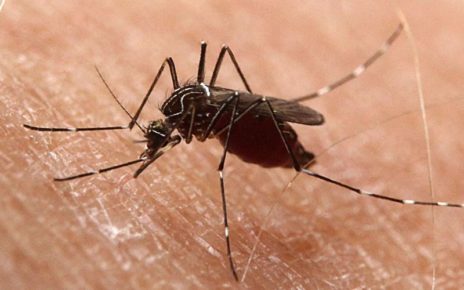Adults over age 65 should get eye exams every year; many may qualify for care at no cost
While it is commonly known that blindness and vision problems increase rapidly with age – particularly after age 65 – a lesser known fact is that vision loss is associated with a higher prevalence of chronic health conditions, falls, injuries, depression and social isolation.[i] As part of an overall health-maintenance strategy, the American Academy of Ophthalmology urges seniors to have a comprehensive eye exam, especially if they have not had one in the past two years.
The Academy encourages seniors, their loved ones and caregivers to be aware of signs that indicate vision problems that require an eye exam. These include:
- Bumping into or knocking over objects;
- Stepping hesitantly;
- Squinting or tilting the head when trying to focus;
- Missing objects when reaching;
- Discontinuing everyday activities such as reading and writing.
Comprehensive eye exams are crucial in diagnosing an eye disease or condition in its early stages. They are relatively simple, painless, and take from 45 to 90 minutes. During the exam, an ophthalmologist – a medical doctor who specializes in the diagnosis, medical and surgical treatment of eye diseases and conditions – will check the patient’s visual acuity using a standardized eye chart, see how pupils respond to light, ensure eye movement is normal and inspect the front part of the eye for signs of cataracts, scars or scratches. He or she will also test for elevated eye pressure and problems with side vision – both are common signs of glaucoma – and will dilate the eyes to examine the retina and optic nerve for damage caused by disease. Additional tests may be required if deemed necessary by the ophthalmologist.
Despite medical evidence that healthy vision plays a critical role in overall health and happiness, a significant percentage of older adults in the United States do not seek regular eye care and often face difficulty accessing and paying for health care services. To ensure that seniors throughout the country have access to eye care services, a network of volunteer ophthalmologists is available to conduct comprehensive eye examinations and follow-up care at no out-of-pocket cost to qualifying seniors through EyeCare America, a program of the Foundation of the American Academy of Ophthalmology, which matches qualifying patients with a nearby ophthalmologist.
“Sight problems should not be ignored at any age, but particularly in seniors,” said Richard P. Mills, M.D., chairman for EyeCare America. “The earlier a patient seeks medical diagnosis and treatment, the greater the chances for saving and recovering one’s vision, which contributes to overall health and happiness.”
Older adults with diabetes should be especially vigilant since they have a higher risk of developing eye disease.
To find out if you or a loved one qualifies for EyeCare America, visit www.eyecareamerica.org. The program is sponsored by the Knights Templar Eye Foundation with additional support from Alcon and Genentech.
About the American Academy of Ophthalmology
The American Academy of Ophthalmology, headquartered in San Francisco, is the world’s largest association of eye physicians and surgeons — Eye M.D.s— with nearly 32,000 members worldwide. Eye health care is provided by the three “O’s” – ophthalmologists, optometrists, and opticians. It is the ophthalmologist, or Eye M.D., who has the education and training to treat it all: eye diseases, infections and injuries, and perform eye surgery. For more information, visit www.aao.org. The Academy’s EyeSmart®program educates the public about the importance of eye health and empowers them to preserve healthy vision. EyeSmart provides the most trusted and medically accurate information about eye diseases, conditions and injuries. OjosSanos™ is the Spanish-language version of the program. Visit www.geteyesmart.org or www.ojossanos.org to learn more.





